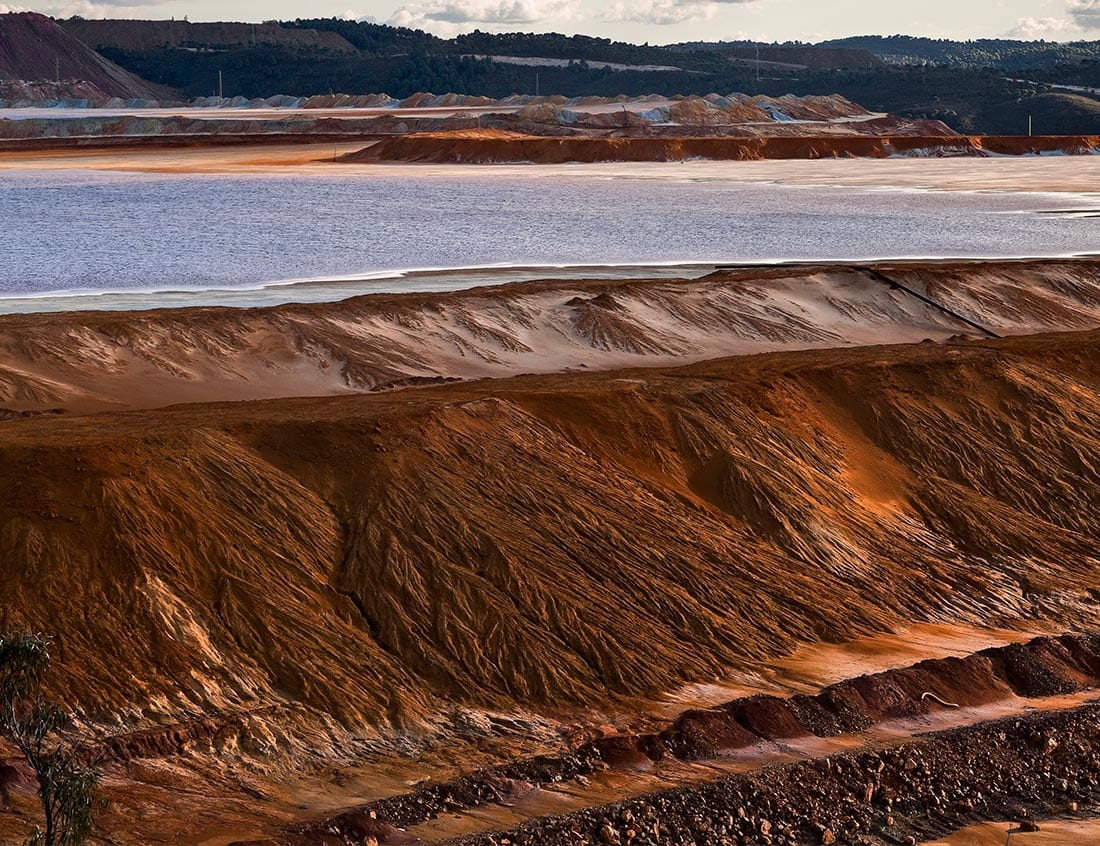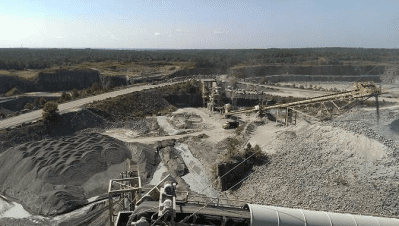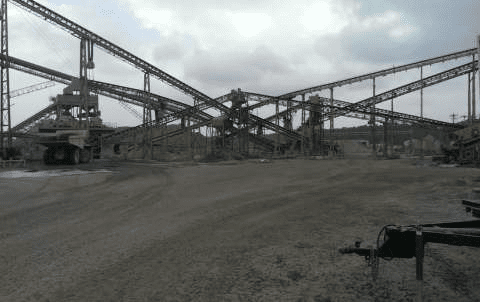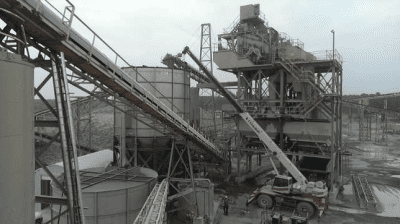
Are you considering removing your settling ponds but unsure of what to put in their place? Settling ponds can become costly headaches for industrial wastewater management, leading to frequent cleanouts, lost production time, and ongoing environmental concerns. In this post, we’ll explore how switching to a more cost-effective and efficient dewatering solution—such as a filter press—can help eliminate these issues while boosting your bottom line.
For decades at a North Carolina quarry, the plant would produce fines and discharge them at Carolina Sunrock. Because of this, cleaning costs were up to $500,000 per year. The lost time and high cleaning costs to maintain their settling ponds were frustrating for the client until they installed a Matec solution:
Success would require elimination of the Settling Pond:
All things considered, the best solution for how to deal with settling ponds would be to install a dewatering filter press. As a result, they were able to eliminate both $500K per year in costs and gain $1M per year in savings.
Today, Carolina Sunrock has a convenient area for stockpiling aggregates instead of its old pond and saves nearly $1 million per year. Here’s why:



Settling ponds can quickly turn into liabilities, draining both financial resources and valuable space. By removing settling ponds in favor of a high-efficiency filter press or other dewatering solutions, your facility can minimize downtime, cut costs, and stay ahead of environmental regulations.
Ready to explore a pond-free future? Contact our team today to learn how our Matec filter press solutions can revolutionize your water management process.
Nick Piskura is the Marketing and Web Development Specialist at ChemREADY who utilizes expertise in digital marketing strategies to provide knowledgeable insights in each segment of our business. Nick provides insights through web development and multimedia resources that support ChemREADY’s full range of services, including Legionella management, ANSI/AAMI ST108 compliance, boiler and cooling tower treatment, wastewater processing, and industrial water quality solutions.